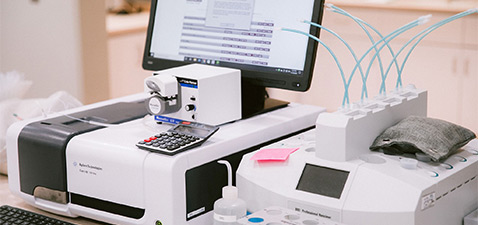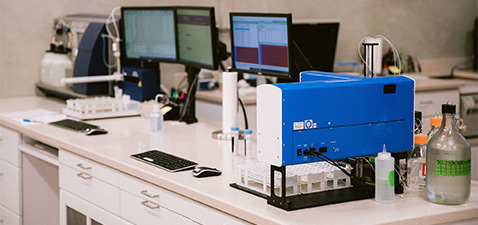Olive Oil
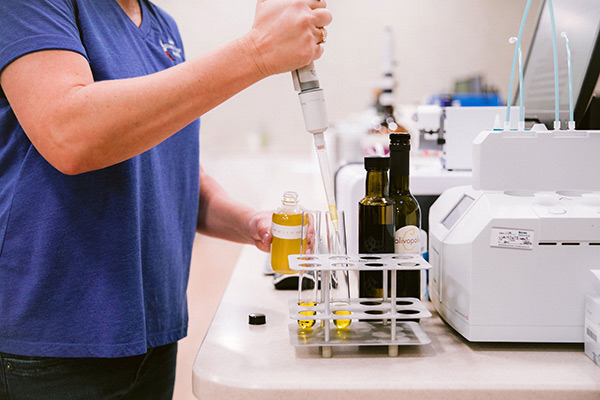
BWGA offers the following Olive Oil analyses
Most Common Chemistry Package:
Minimum sample size: 100mL
Satisfies certification requirements
Free Fatty Acids (FFA), Peroxide (Per), UV Absorbance (UV): $95
Common Package with Moisture & Volatiles:
FFA, Per, UV, Moisture & Volatiles (MOI): $130
Individual Tests:
Polyphenols: $95
Best Before Date (Induction time): $95
FFA: $40
Per: $40
UV: $40
MOI: $40
Certification Bundle: Chemistry & Sensory
$280 each oil
Minimum sample size: Two 250mL bottles
Whether you are certifying for California Olive Oil Council (COOC) or Applied Sensory, LLC, we are now offering a chemistry and sensory bundle that meets both organizations’ certification requirements for producers of less than 5000 gallons. Bring two 250mL bottles of your oil to BWGA, complete the submission form and we will take care of the rest.
Chemistry:
Free fatty acid
Peroxide
UV Analysis
Add-ons:
Polyphenols ($95 / oil)
Best before date / Induction time ($95 / oil)
Moisture and volatiles ($40 / oil)
Sensory:
Basic sensory evaluation: trained specialists objectively rate the intensity of olive oil sensory attributes and the sensory grade of the oil is determined according to the standards of California Grades of Olive Oil and the U.S. Grades of Olive Oil
Add-on:
Detailed sensory upgrade ($50 / oil)
Style and intensity levels of the oil are assessed in addition to the basic sensory analysis
Ready to submit a sample for the Certification Bundle?
Click here for the submission form to bring to BWGA with your (2) 250mL samples.
Are you a new customer to Applied Sensory?
Click here for Applied Sensory’s New Customer agreement form.
The California Olive Oil Council (COOC) Seal Certification Program has the following chemical requirements for extra virgin olive oil (for those producing less than 5000 gallons):
- Free Fatty Acid (FFA): <0.5%
- Peroxide Value (PV): <15 meq O2/kg
- UV Analysis
- A232: <2.4
- A270: <0.22
- ΔK: <0.01
A little more about the Olive Oil Chemical Analysis
When requesting CHEMISTRY ONLY, the required sample size is 100mL
Free Fatty Acids (FFA) $40 Measurement refers to the purity of an extra virgin olive oil (EVOO), the smoke point and is an indicator of oil stability over time. FFA can be impacted by bad weather, insects, poor harvesting and poor milling methods. For example, olives that sit in a bin for too long before milling can potentially increase in FFA. The most abundant FFA in olive oil is Oleic acid, BWGA reports FFA as % Oleic acid.
PEROXIDE Value (PER) $40 Identifies peroxide that is formed when oils are exposed to oxygen, which can cause defective flavors and odors. A low peroxide level indicates a high quality EVOO with potential for longer shelf life.
UV Absorption (UV) $40 Lower UV values indicate a high-quality extra virgin olive oil. Absorbance readings at established wavelengths indicate oxidation and adulterated oils. BWGA tests UV using UV-Vis spectrophotometry, which gauges the quality of olive oil by measuring the absorbance and transmittance of light. This testing method also allows determination of trace amounts of other oils in an olive oil product.
Polyphenol $95 Measurement refers to a group of compounds that have a benzene ring with a hydroxyl group – known as phenols. Tyrosol is the main phenol in olive oil. Polyphenols provide the “peppery” bite, bitter, pungent flavors, are antioxidants and anti-inflammatory. Polyphenol content can vary based on olive variety, for example Koreneiki > Frantoio > Leccino > Arbequina, as well as timing of maturity, for example green olives > black olives. High heat, high water, high malaxation lead to decreased polyphenols. Refining oils will strip polyphenols. Polyphenols also oxidize over time and oxidation can be sped up by heat and light exposure. BWGA measures polyphenols by determining polyphenol antioxidative activity and reports results on a scale of <200 (low) to 600 (high) mg tyrosol/kg oil.
Polyphenols, although not a required test by COOC, is of interest to many olive oil producers as it is a measure of antioxidants in olive oil. Some varietals, such as Koroneiki, naturally produce high levels of polyphenols, resulting in a strong (3 cough) sensation upon tasting.
Polyphenol values in mg tyrosol/kg:
<250 mg/kg: Low
250 -400 mg/kg: Medium
400 - 550 mg/kg: High
> 550 mg/kg: Very High
Best Before Date $95 is measured by subjecting olive oil to air and heat which accelerates oxidation and produces volatile acids. The time it takes and volatile acids produced are measured and used to determine optimal shelf life of the oil. The induction time test is completed at 110oC.
Induction Time for Calculating Best Before Date:
The Rancimat Test (Induction Time) is used in the plant oil industry for predicting rancidity. It works by blowing air through a heated sample and measuring the time until the oil goes rancid. Best before date (BBD) can be estimated for EVOO.
Moisture & Volatiles $95 MOI is an acronym for Moisture and Volatiles. This test measures the amount of water and other volatile compounds, such as ethanol or acetic acid if your olives were starting to ferment. Water in your oil is not desirable, as it can rapidly decrease your shelf life. There is always a small amount of water in your freshly milled olive oil. Fortunately, the water quickly separates from the oil, with the oil floating to the top, making it quite easy to rack your oil away from the water after settling for 1-2 weeks. Alternatively, freshly milled oil can be filtered to remove the water. If you are interested in testing for MOI, please make sure your oil has been settled or filtered before bringing it in for analysis.
Click here to set up an account or log-in to request pre-paid shipping labels through the Client Portal
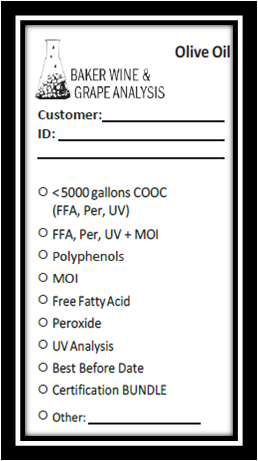 Download Labels:
Download Labels:
Label Template: Avery 5163
Stop by the lab for complimentary sample tubes!
Vinegar
The first couple of times we were asked to analyze vinegar here at the lab, it was due to a ‘Wines Gone Bad’ situation. But in the past several years, gourmet vinegars - planned and hand crafted – have become much more common. Pomegranate vinegars, plum vinegars, red, white and rose wine vinegars, peach vinegars - so much variety.
We are asked to analyze for the percent acidity of the vinegars, and so we do.
Percent Acidity (50mL sample size - $40)
